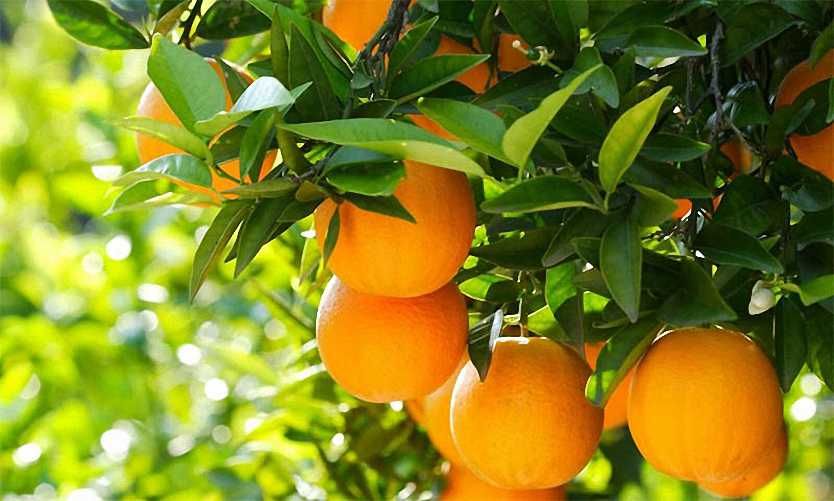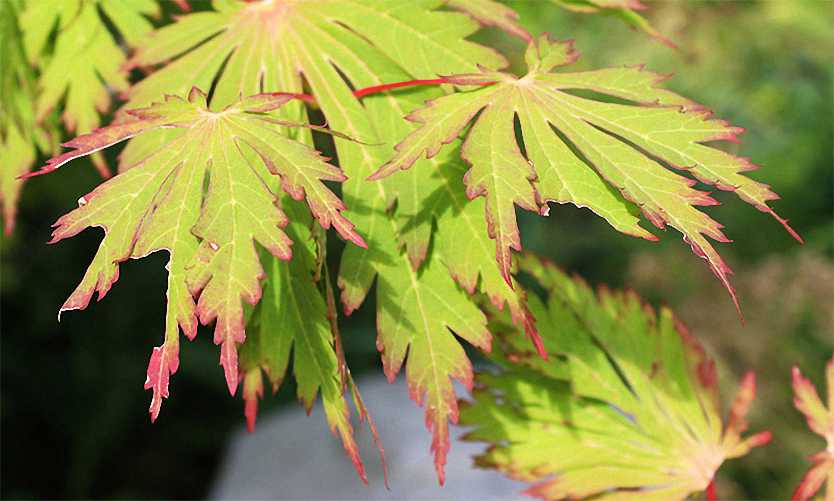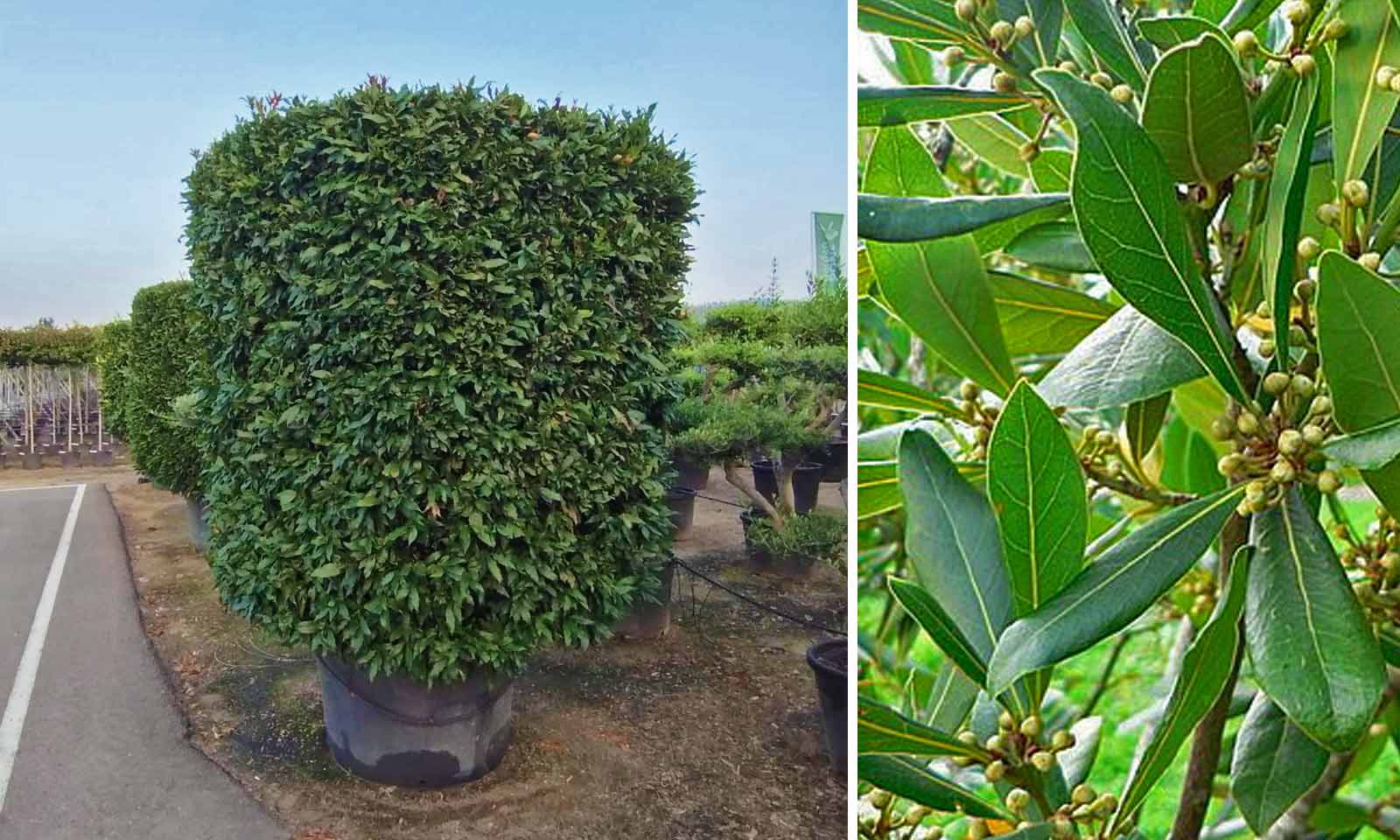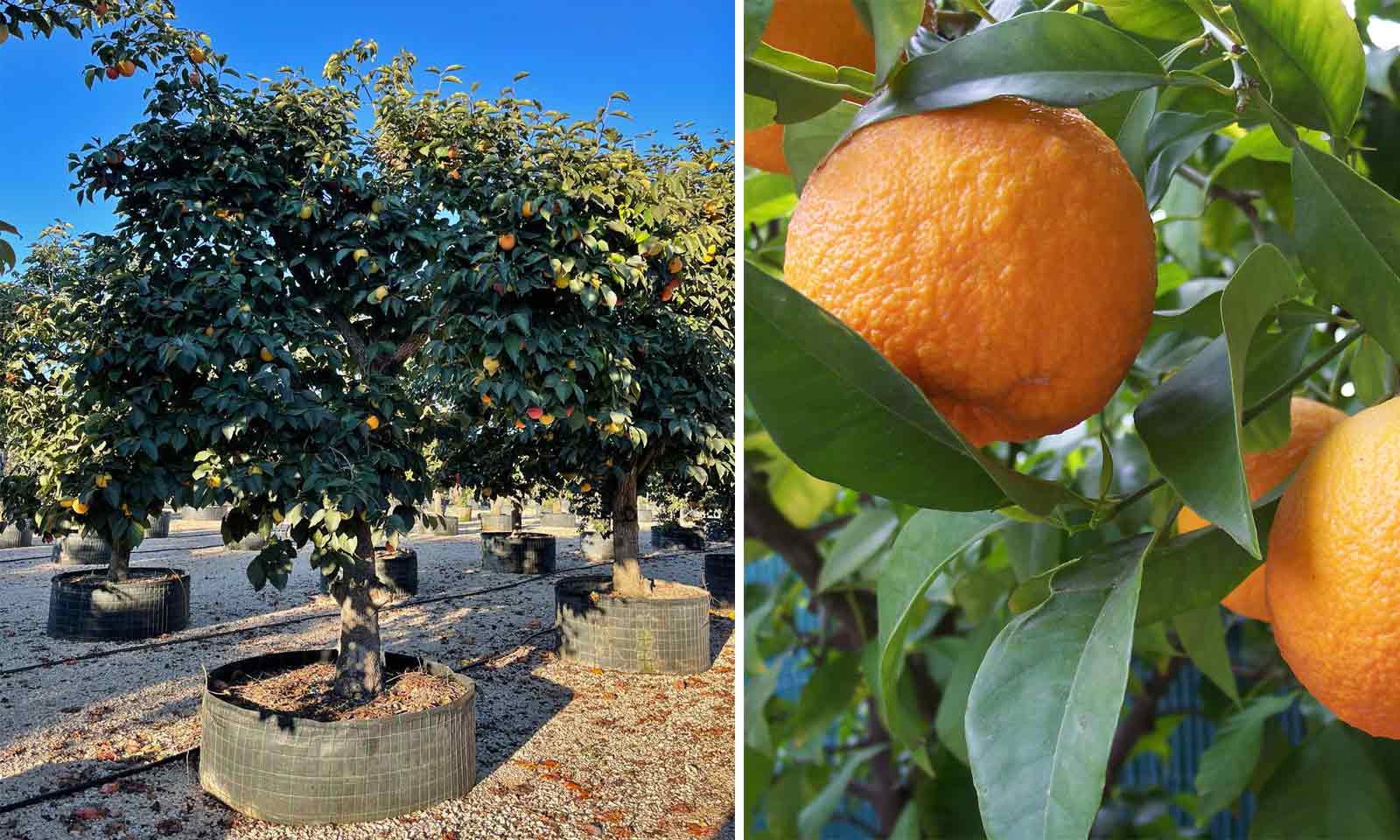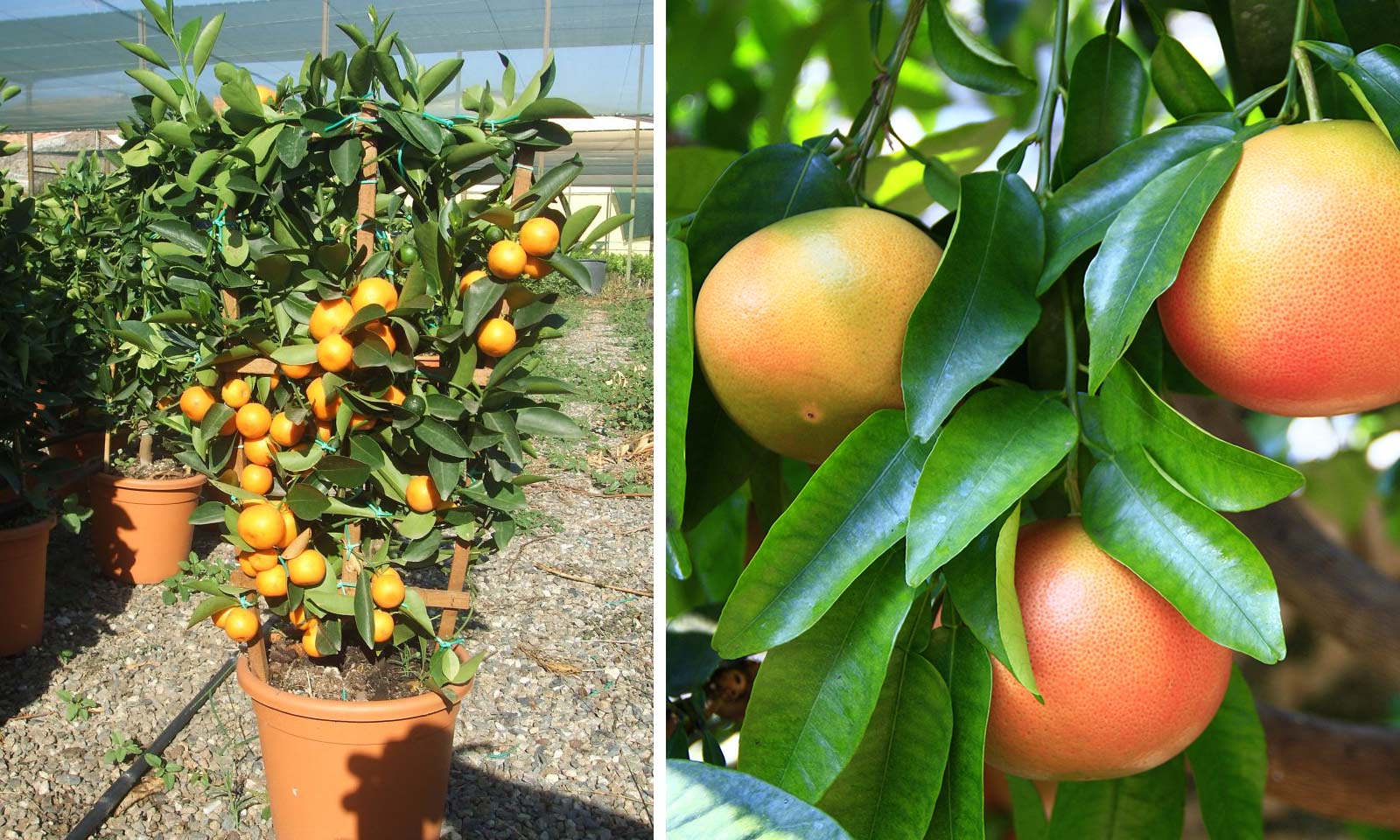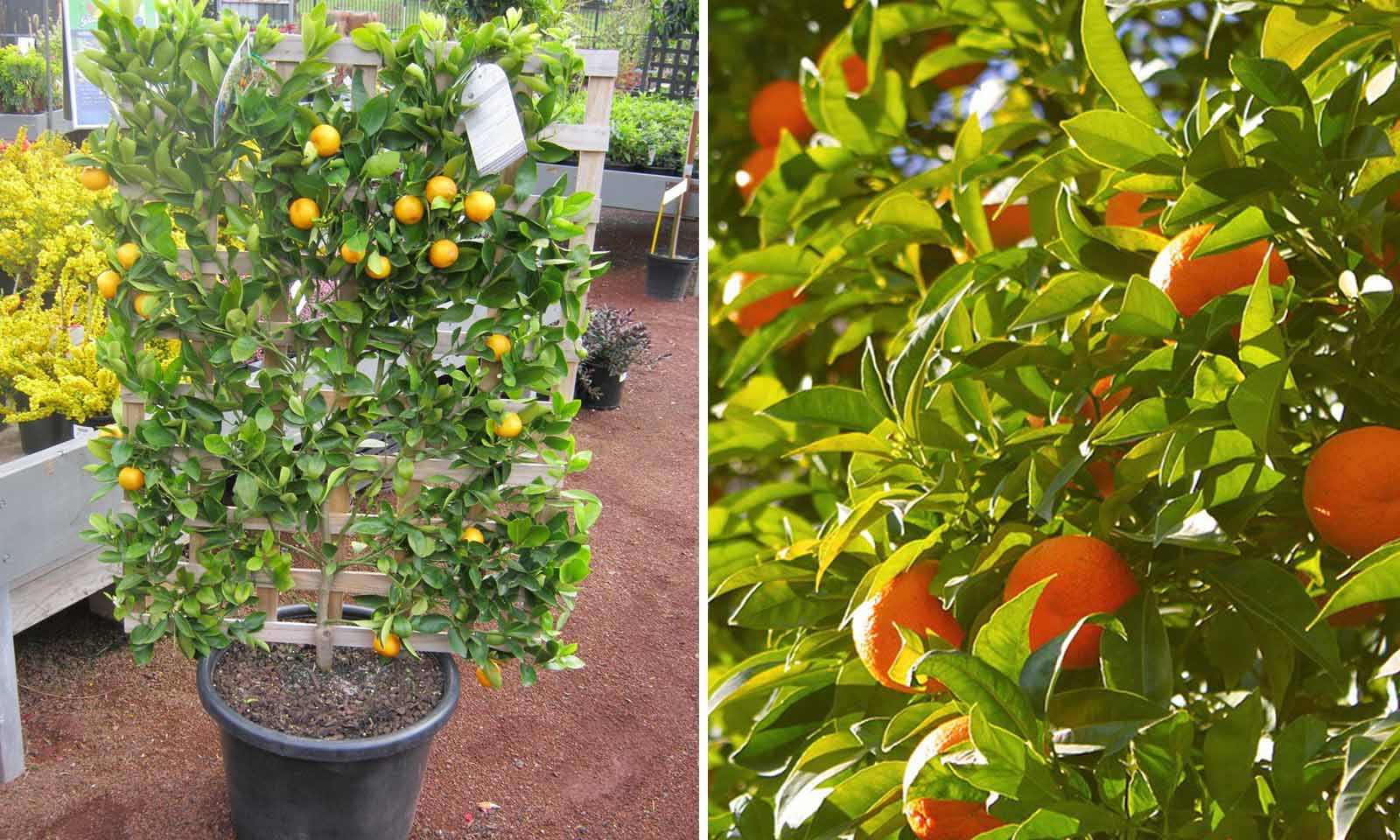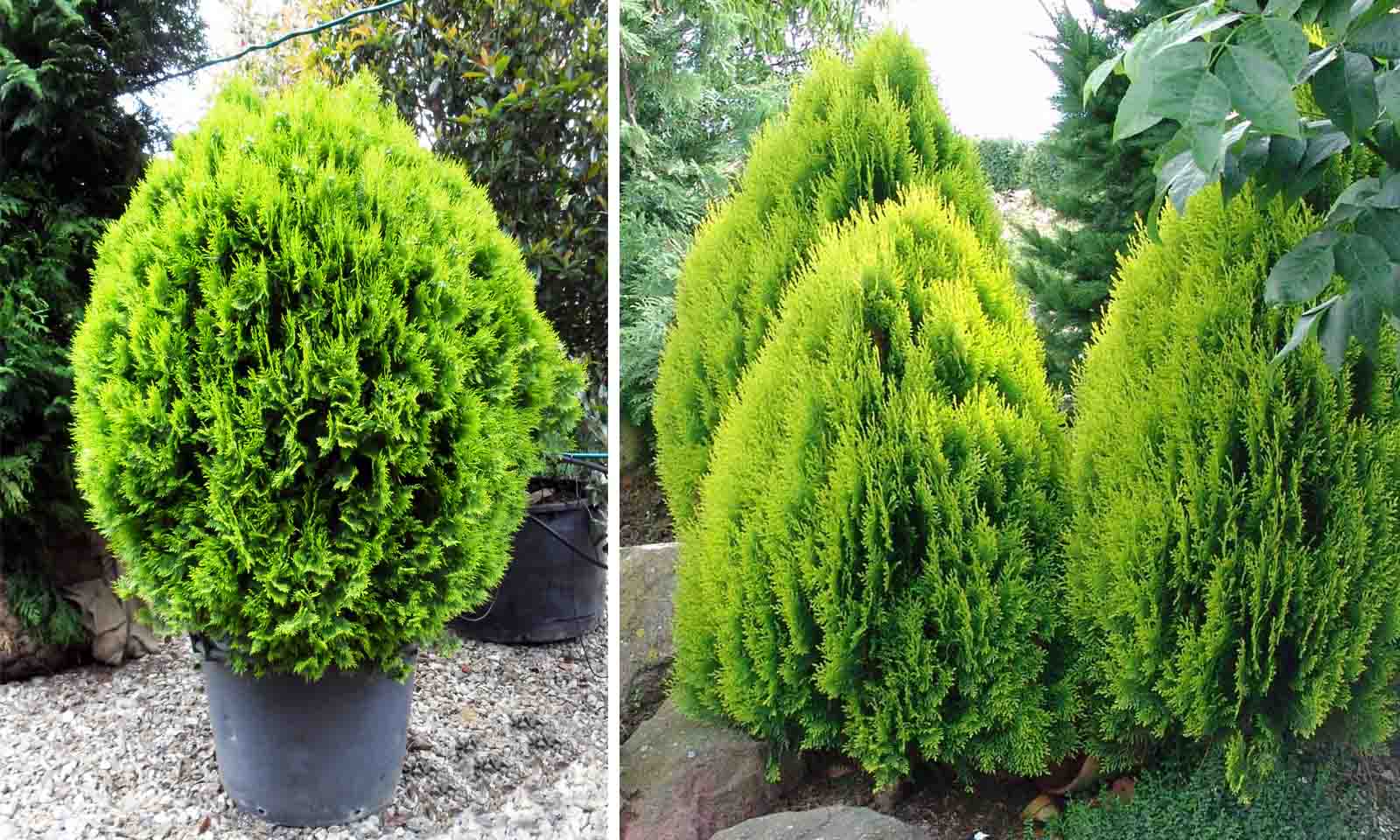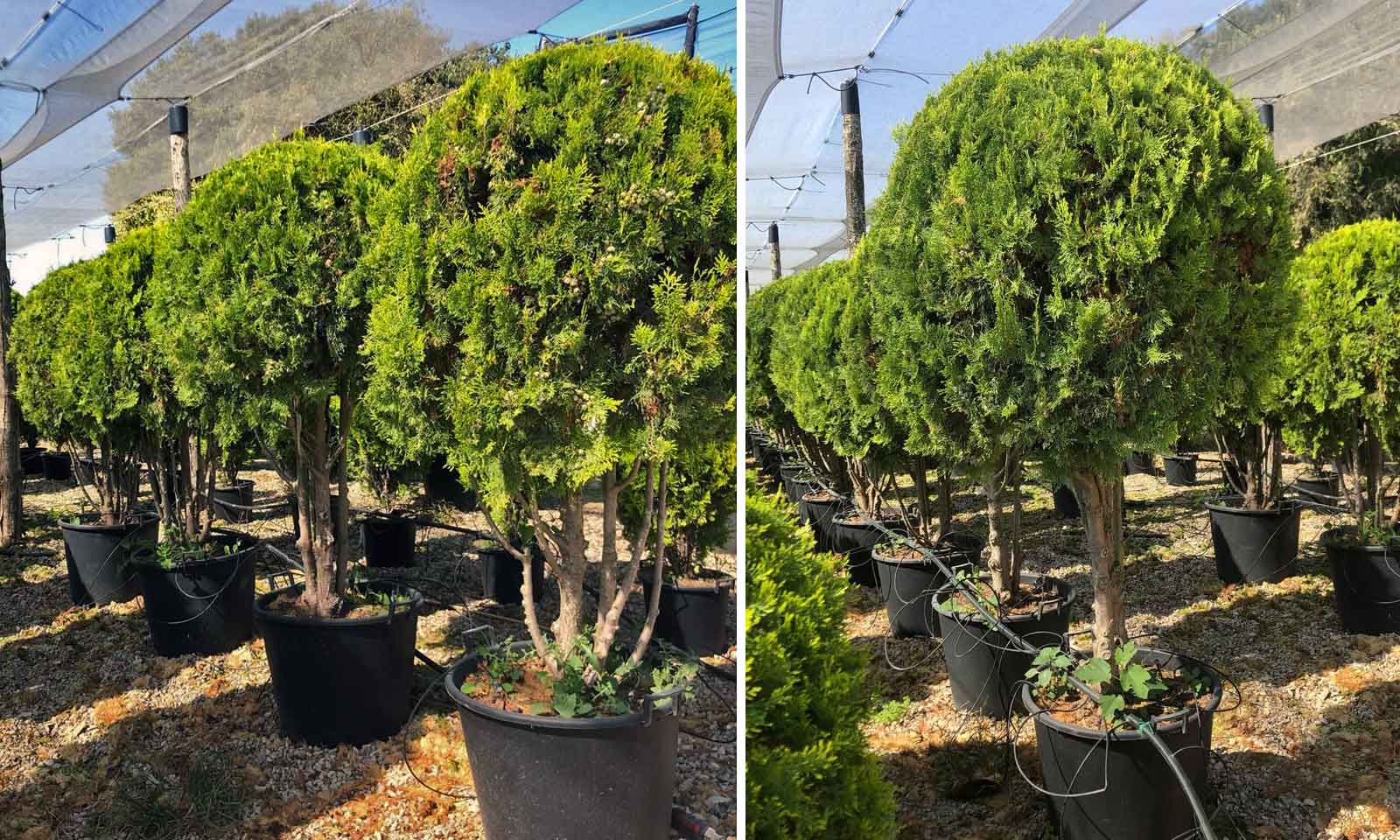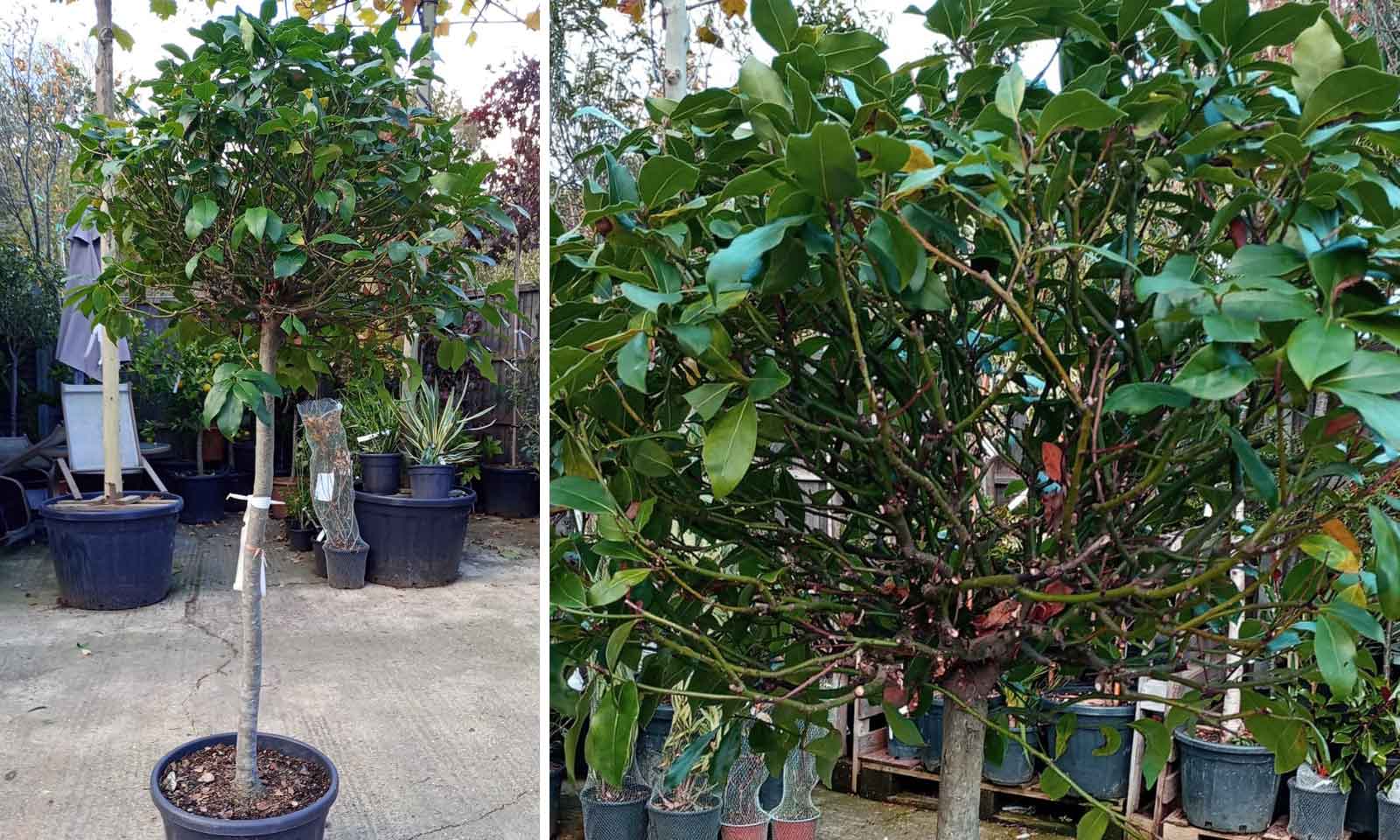Citrus Aurantium (Bitter Orange) - Half-Standard - Extra - 500 - 600 (litres)
Citrus Aurantium also known as Bitter orange, Seville orange, sour orange, bigarade orange, or marmalade orange. It is an evergreen Tree growing to 9 m (29ft) by 6 m (19ft), native to eastern Africa, the Arabian Peninsula and Southeast Asia, but is now grown throughout the Mediterranean region and elsewhere. Bitter oranges are used for their essential oil, and are found in perfume and used as a flavoring, the Seville orange variety is used in the production of marmalade. From late spring to summer it bears fragrant white flowers followed by red-tinted orange fruit 5-7cm in diameter.
Latin Name: Citrus Aurantium
English Name: Bitter/Sour Orange
Species: Aurantium
Genus: Citrus
Foliage Type: Evergreen
Foliage: Green
Flower: White (sometimes pink tinged)
Flowering Period: Spring, Summer
Suggested Location: Outdoor.
Suggested Soil Type: Moist but well–drained Clay. Loam. Sand.
Suggested Exposure to Sunlight: Full sun
Suggested Exposure to Weather: Sheltered
Hardiness Rating: H3
Lowest Temperature Tolerance: to -6.6 °C (20 °F)
Pests:Can get citrus red spider mite and glasshouse red spider mite, soft scale and fluted scale, aphids, caterpillars and mealybugs under glass
Diseases: Generally disease free
Cultivation: Grow outdoors in full sun in frost-free areas with a well-drained, neutral or acidic soil. Under glass grow in loam-based potting compost in full light at minimum of 3-5°C
Propagation: Propagate by seed (seedlings will not come true to type) or semi-ripe cuttings
Pruning: Pruning group 1
Suggested planting locations and garden types: City and courtyard gardens, Architectural, Patio and container plants
Final Height: 4 m – 8 m (13.1 ft – 26.2 ft)
Final Sideways Spread: 2.5 - 4 m (8.2 - 13.1 ft)
Delivery Cost: This is calculated based on the total size, weight and quantity of your order, as well as the location of your delivery address. You will see the final price at the Online Checkout Page (before making payment). Our website will automatically calculate the lowest possible delivery price and apply discounts to orders of certain products – giving you the best value delivery every time!
Please note that high-volume orders will decrease your delivery costs significantly by spreading the price across multiple items. Visit our Delivery Policy page for more information.


